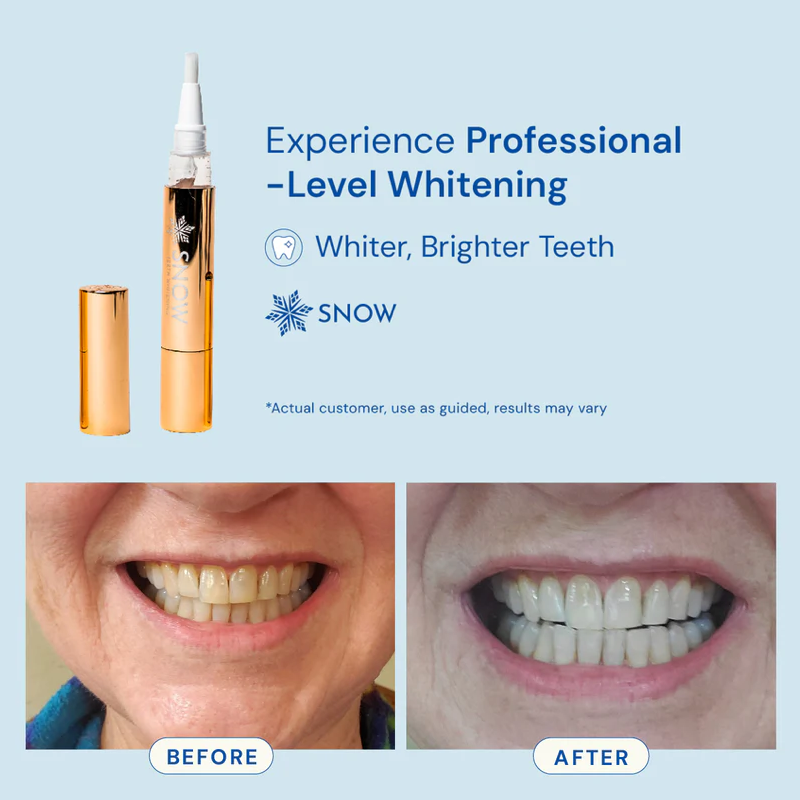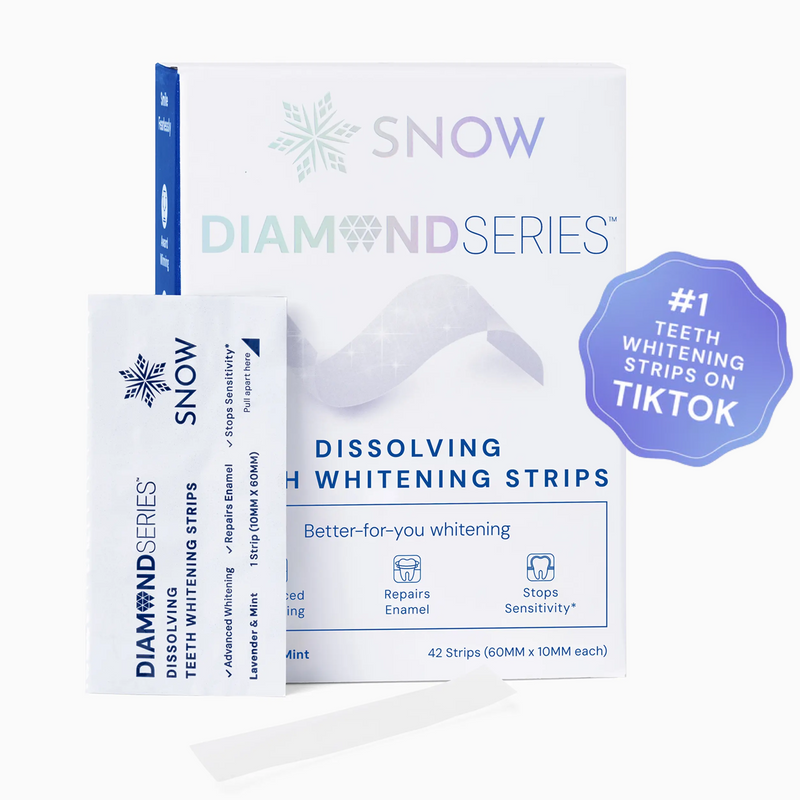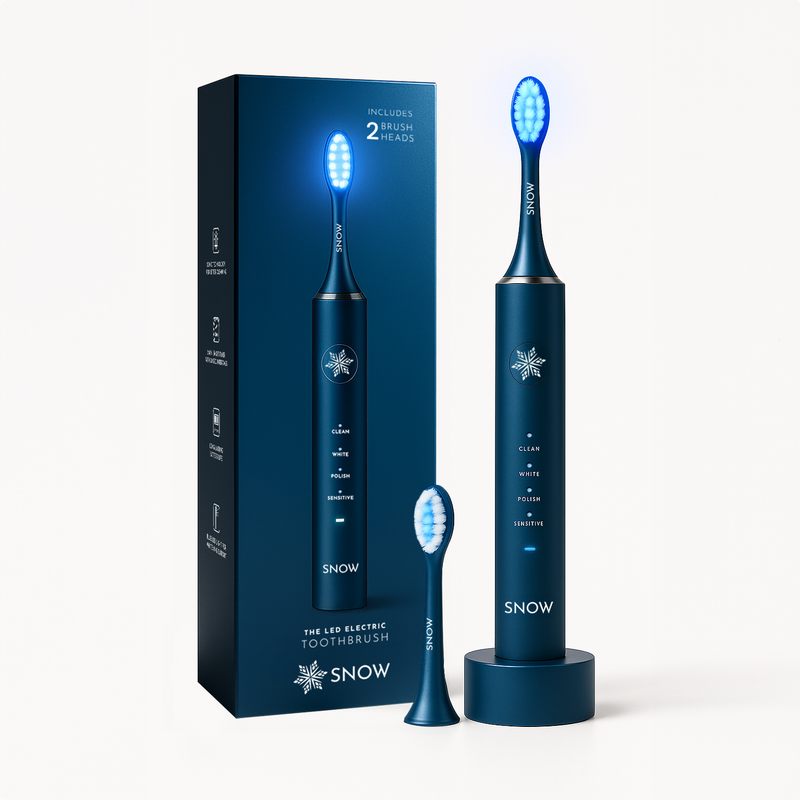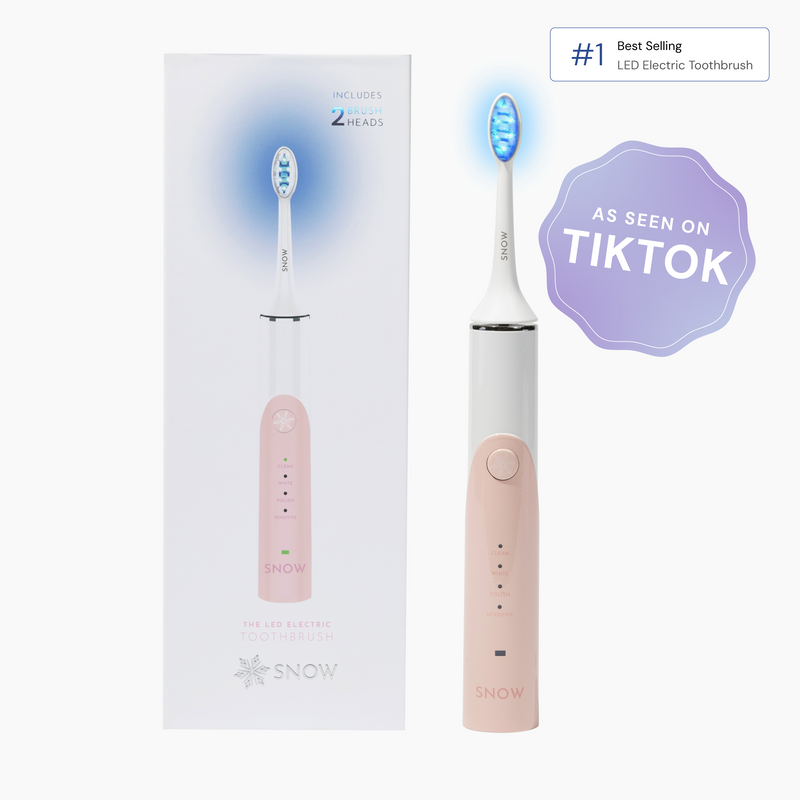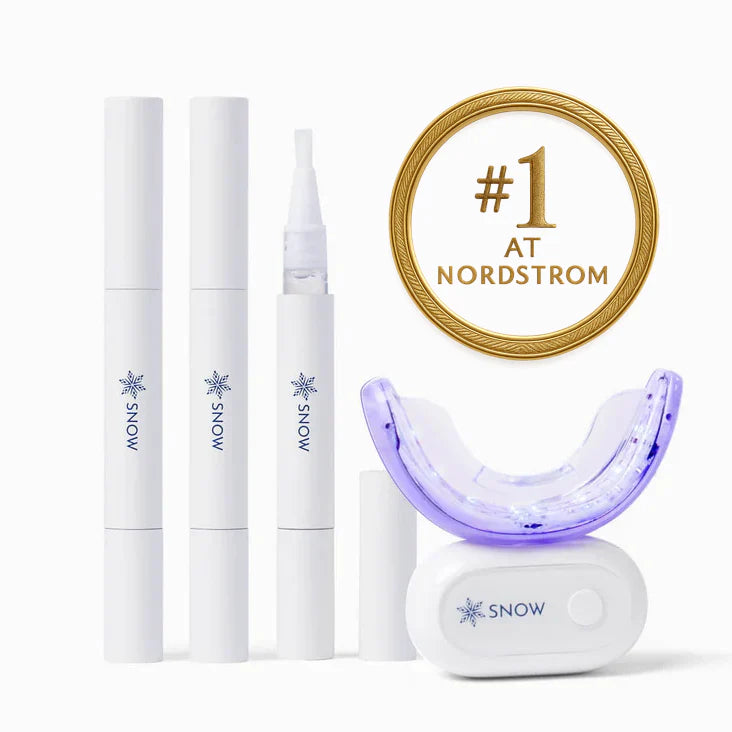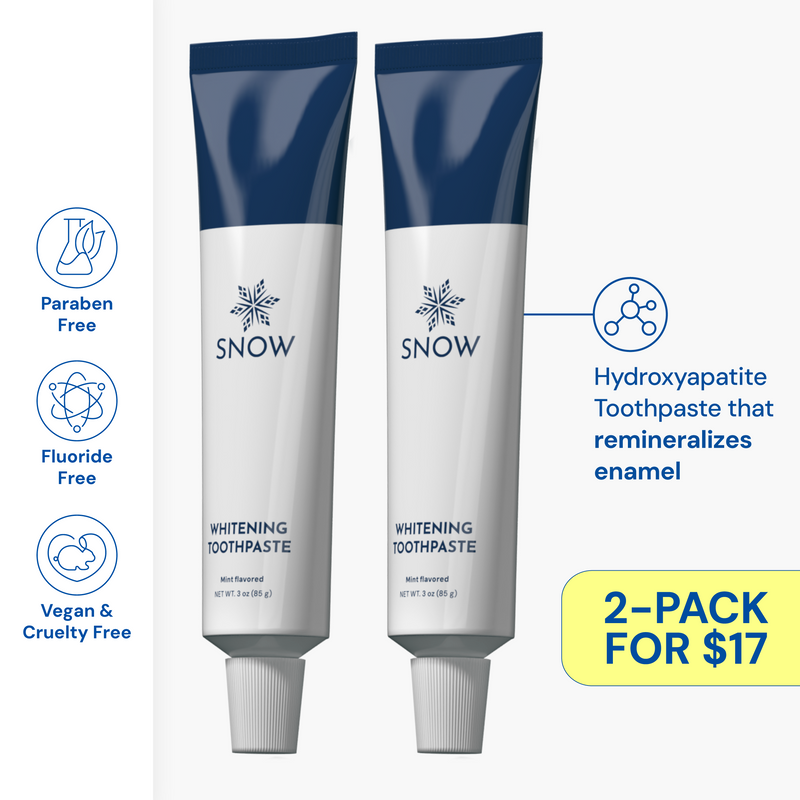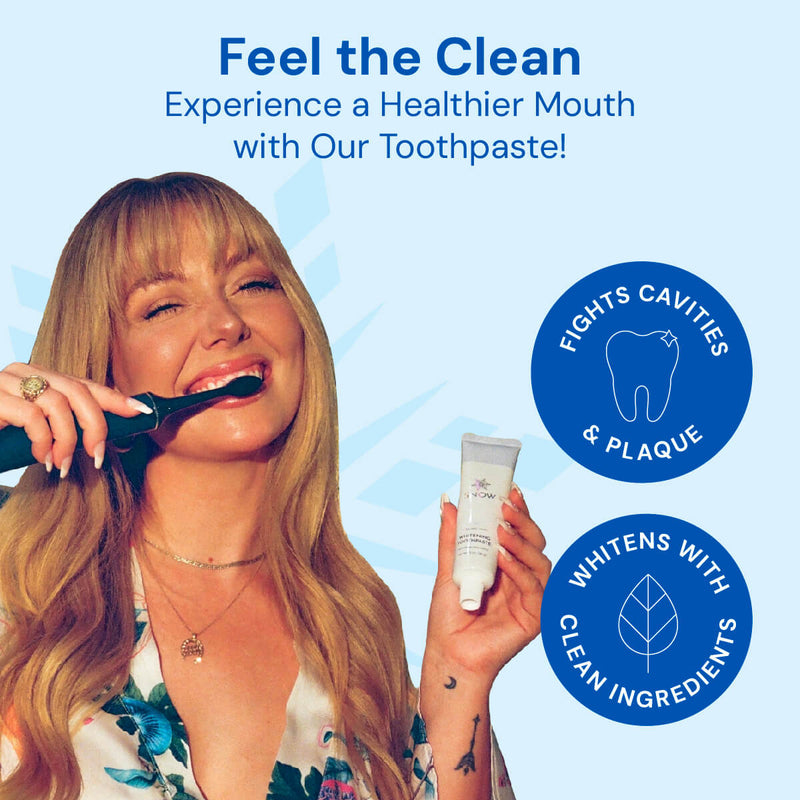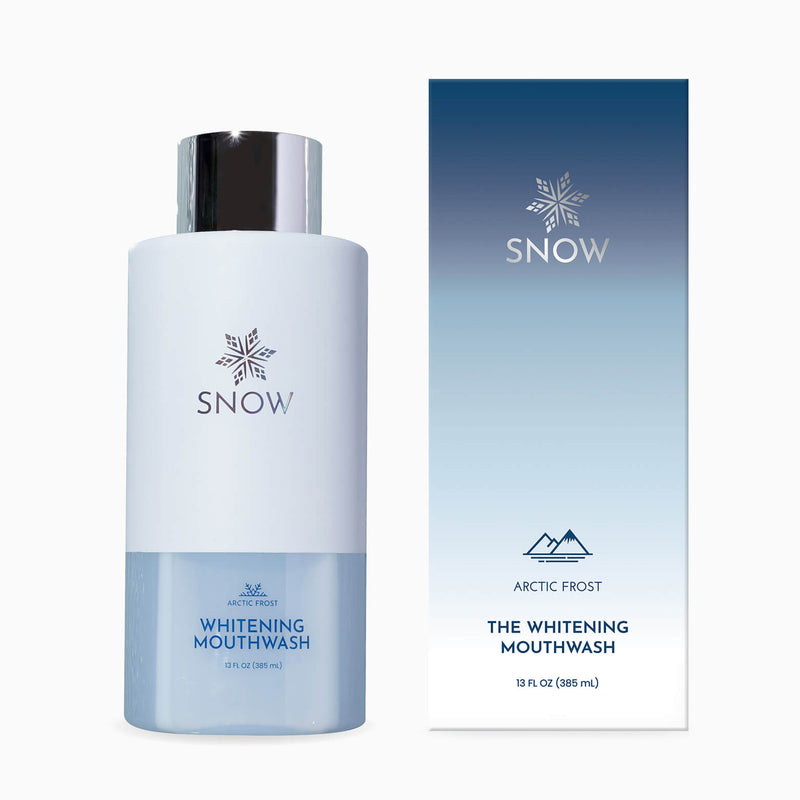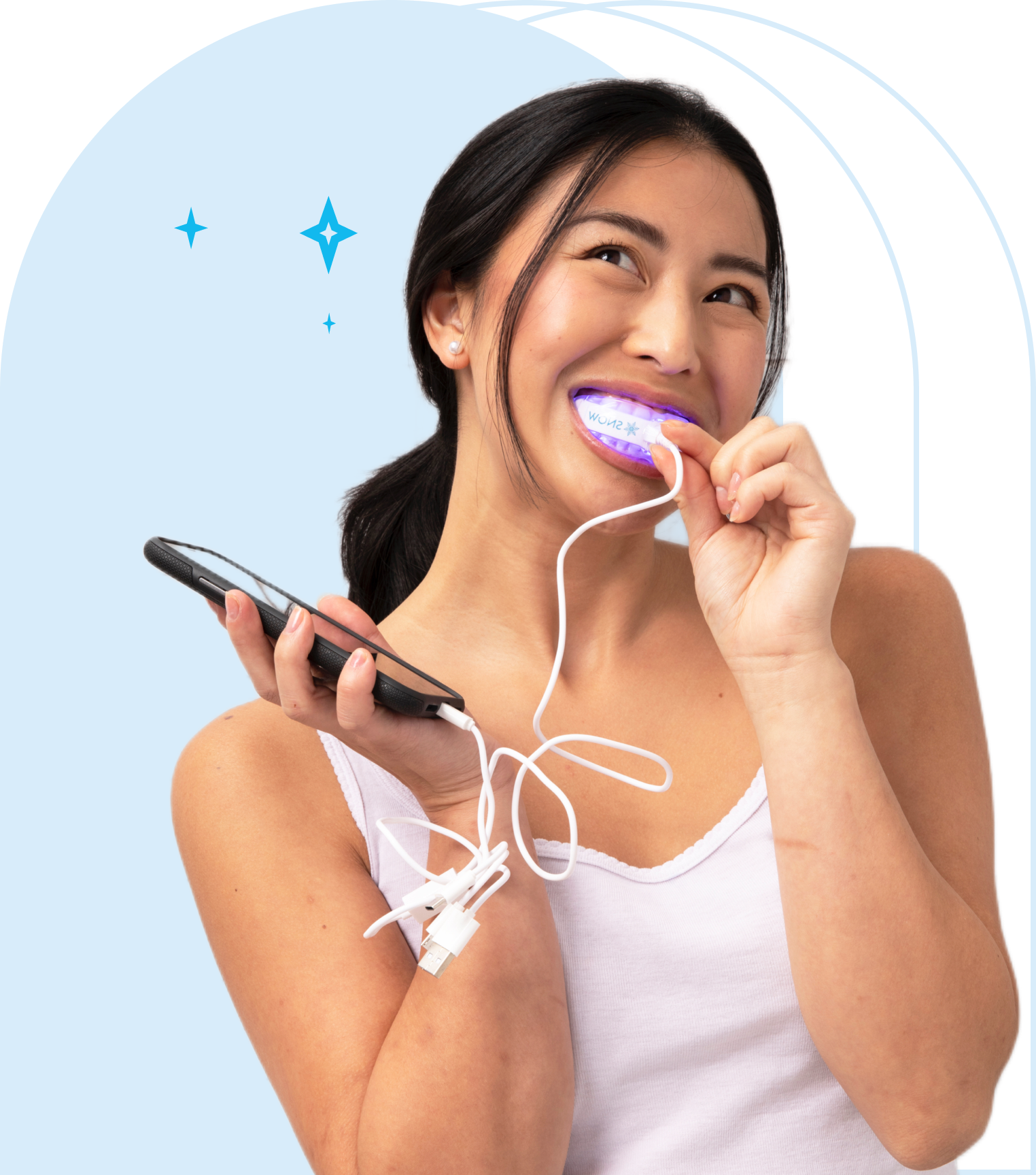Teeth whitening pens are generally safe for occasional use when applied correctly, but they can cause tooth sensitivity or mild enamel damage if overused. These pens offer a quick way to brighten your smile, yet none are currently approved by the American Dental Association (ADA).
Understanding how they work, their potential risks, and when to consider professional whitening treatments helps you make an informed decision and maintain long-term oral health.
Key Takeaways
-
Teeth whitening pens are generally safe for occasional use but lack ADA approval, and users should follow instructions to avoid adverse effects.
-
Overuse can lead to enamel damage and increased tooth sensitivity, highlighting the importance of moderation and adherence to usage guidelines.
-
While teeth whitening pens are convenient and cost-effective for minor stains, they may not provide significant results compared to professional treatments or whitening trays.
Are Teeth Whitening Pens Safe?
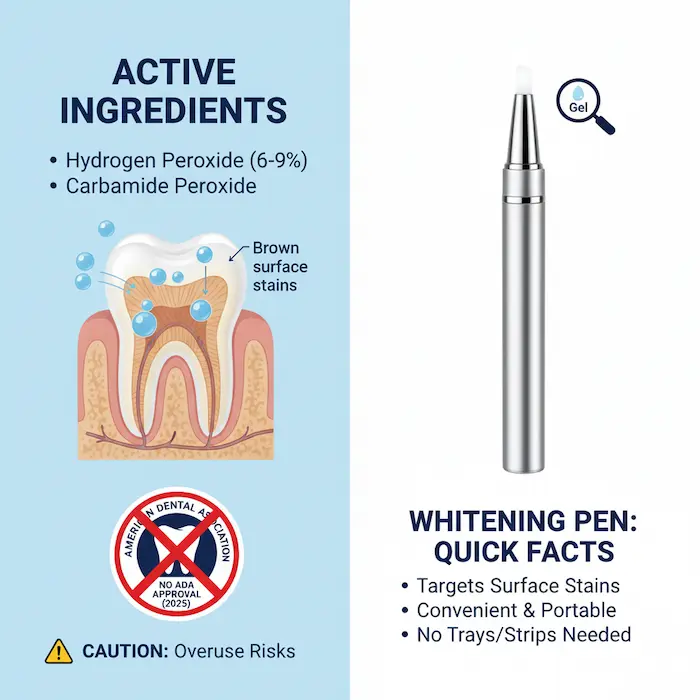
Teeth whitening pens are a popular way to get a quick smile boost, but are they actually safe?
For the most part, yes, teeth whitening pens are safe for occasional use when used as directed. They’re designed to tackle surface stains and are especially handy for touch-ups. But like any teeth whitening product, they come with a few things to watch out for.
One important detail? As of 2025, no whitening pens have been approved by the American Dental Association (ADA). That doesn’t mean they’re dangerous, but it does mean they haven’t passed the ADA’s safety and effectiveness checks. So, it’s best to be careful and not overuse them.
What’s Inside Whitening Pens?
How do whitening pens work? Most whitening pens contain hydrogen peroxide or carbamide peroxide as their active ingredients. These are bleaching agents that help break down surface stains caused by things like coffee, tea, wine, or smoking.
Typical concentrations range from 6% to 9%, which is strong enough to whiten but gentle enough for short-term use. The whitening gel is brushed directly onto your teeth, and it's designed to lift stains quickly, often without the need for trays or strips.
Risks of Overuse
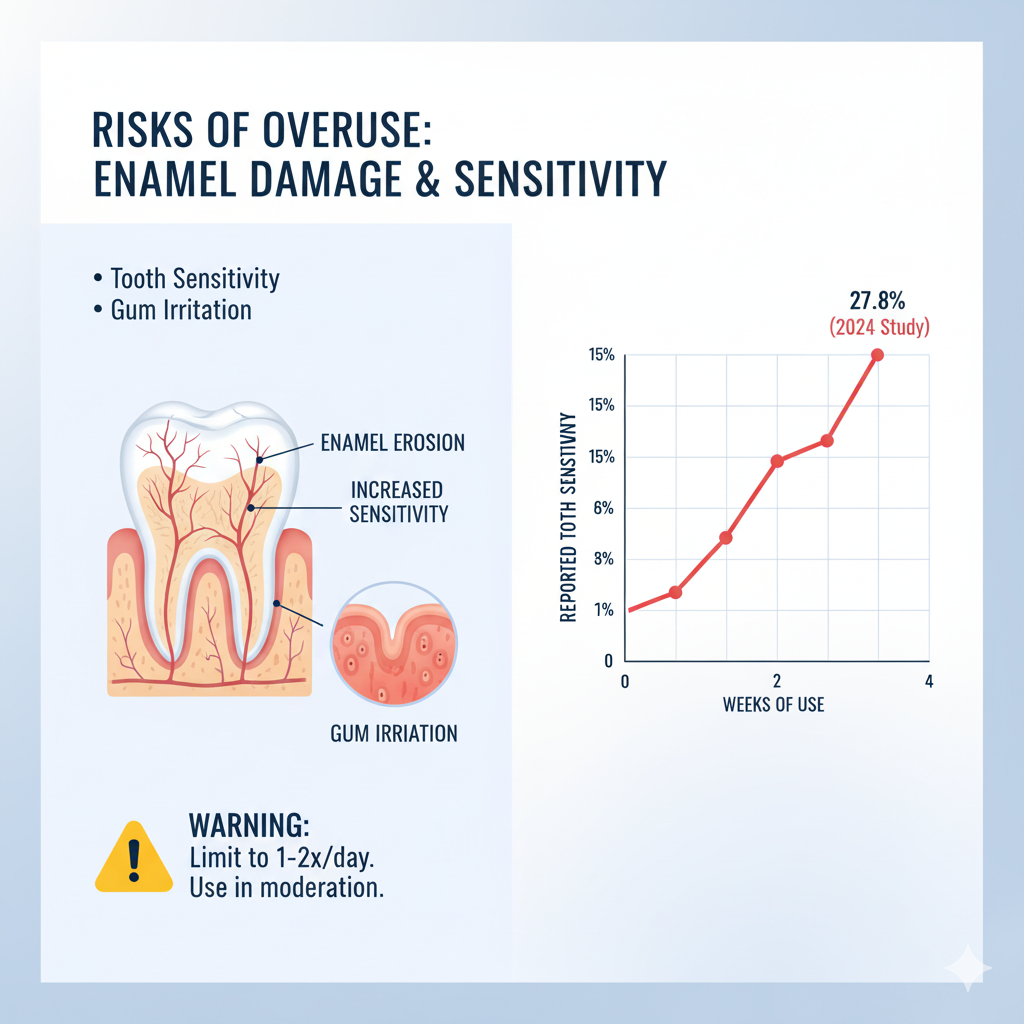
Teeth whitening pens are easy to use and offer quick results, which makes it tempting to use them too often. But frequent use can backfire. Overapplying these pens increases the risk of side effects and may harm your oral health over time.
Although most pens are generally safe when used as directed, going beyond the recommended amount or frequency can lead to sensitivity, enamel damage, and discomfort.
Enamel Damage
Using whitening pens too frequently can thin your enamel, which is the hard outer layer that protects your teeth. When enamel wears down, it cannot be restored naturally. This increases your risk for:
-
Tooth decay
-
Cavities
-
Permanent sensitivity
Most whitening pens contain hydrogen peroxide or carbamide peroxide in concentrations between 6 and 9 percent. These ingredients are effective at whitening but are also strong. Applying them too often or too heavily can slowly wear away enamel.
Tip: Use only a thin layer of whitening gel and stick to the manufacturer’s instructions. Avoid using the pen more than twice a day. Taking breaks between uses helps protect enamel and preserve a healthy smile.
Tooth Sensitivity
Tooth sensitivity is one of the most reported downsides of whitening pens. It often shows up when eating hot or cold foods and drinks.
A 2023 clinical study found that 27.8 percent of users experienced tooth sensitivity after using whitening pens. For most people, this discomfort is temporary, but it can become more persistent if the pens are overused.
Helpful tip: Avoid letting the gel touch your gums. Apply it carefully using the brush tip and rinse thoroughly after each use. This can reduce the risk of irritation and help keep your oral hygiene in check.
Use Whitening Pens Responsibly
Whitening pens are best used as occasional boosters rather than part of your daily oral care routine. They can help maintain a whiter smile, especially before special events, but they should not replace brushing, flossing, or professional cleanings.
If you have sensitive teeth, gum disease, or recent dental work, talk to your dentist first. They can provide personalized advice and help you choose the safest way to brighten your smile.
How Effective Are Teeth Whitening Pens?

Teeth whitening pens are a convenient and affordable solution for removing surface stains, but their results tend to be modest. They work best for people seeking minor improvements or a quick touch-up before an event. While these pens can contribute to a whiter smile over time, they are not as powerful as professional whitening treatments or tray-based systems.
A 2025 clinical study found that teeth-whitening pens can deliver noticeable results after about 5 days of consistent use. However, users often need multiple applications to achieve the brightness they want. Compared to whitening trays or in-office treatments, whitening pens usually offer more gradual improvements.
Are Whitening Pens Good for All Types of Stains?
Whitening pens are most effective on surface-level stains caused by foods, drinks, or lifestyle habits like coffee, tea, or red wine. These pens use active ingredients like hydrogen peroxide or carbamide peroxide to break down stain molecules on the outer enamel layer. However, they are not suitable for intrinsic discoloration or deep stains below the enamel.
For tougher stains or uneven tooth color, whitening strips or professional whitening may offer better results. Whitening gels paired with custom trays often provide more even coverage and quicker effects than brush-on pens.
What Ingredients Make Whitening Pens Effective?
Most whitening pens contain hydrogen peroxide or carbamide peroxide at concentrations between 6% and 9%. These active ingredients are responsible for bleaching the stains on your teeth.
Interestingly, a 2025 market report showed that carbamide peroxide-based whitening pens held over 60.5% of the global market share. This is mainly because carbamide peroxide releases peroxide more slowly, making it gentler on enamel and less likely to cause sensitivity, especially helpful for users with sensitive teeth.
Slow-acting whitening pens are also gaining popularity for their ability to deliver gradual, natural-looking results with minimal sensitivity. These pens are expected to make up 68.6% of global revenue in the whitening pen market by the end of 2025.
Recommendations from Dental Professionals
Dental professionals note that the results from teeth whitening pens can vary significantly among individuals, and some may experience noticeable results. Managing expectations is essential, as these products may not deliver dramatic results for everyone.
Consulting with a dentist before using teeth-whitening pens helps avoid adverse effects and ensure safety. Individuals with existing dental issues, such as tooth sensitivity, untreated cavities, or gum disease, should consult a dentist before using whitening pens.
Whitening Pens vs Other Whitening Products
Here’s how whitening pens stack up against other standard whitening methods:
-
Whitening Pens: Ideal for quick fixes or minor surface stains. Affordable, usually priced around $8 to $40. Easy to carry and apply, but results may be subtle and require frequent use.
-
Whitening Gels with Custom Trays: Provide more even and faster results. Often used in dental clinics. It can treat both surface and deeper stains.
-
Whitening Strips: Stronger than pens, but often less customizable. Require longer wear times.
-
LED Kits: Offer enhanced whitening through light activation. Products like the SNOW Teeth Whitening Kit use dual-peroxide serum and LED tech to target tougher stains more effectively.
If you're considering a stronger solution, SNOW’s Extra-Strength Whitening Gold Serum Pen offers professional-grade whitening using a dual-peroxide formula. It’s designed for precise application, safe for enamel, and delivers visible results in just one use. Their Black Friday sale is currently live, offering up to 49% off plus gifts, worth checking out if you're in the market for a whitening upgrade.
Shop SNOW’s Whitening Sale Now
ADA Seal of Acceptance
Always select products endorsed or approved by dental associations to ensure safety and effectiveness. The American Dental Association (ADA) provides crucial context for evaluating over-the-counter whitening products. To earn the ADA Seal of Acceptance, a company must provide scientific evidence that its product is safe for teeth and gums and that it works as claimed.
As of late 2024/early 2025, no teeth whitening pens are on the ADA’s list of accepted products. Users should choose a teeth-whitening product with the ADA Seal of Acceptance for a safer, more effective over-the-counter option.
Professional Advice
Consulting with a dentist before using teeth-whitening pens helps avoid adverse effects and ensure safety. Individuals with existing dental issues like tooth sensitivity, untreated cavities, or gum disease should consult a dentist before using whitening pens.
Dentists can customize treatments based on individual needs, providing tailored whitening plans that accommodate dental sensitivities. The first step in any whitening plan should be to consult a dentist to ensure that teeth and gums are healthy enough for bleaching.
What Are the Advantages of Using a Whitening Pen?
If you're looking for a quick, affordable way to brighten your smile at home or on the go, teeth whitening pens offer a practical solution. These compact tools have gained popularity for good reason; they’re easy to use, budget-friendly, and fit into almost any lifestyle. Below are some of the key reasons people turn to whitening pens.
Convenient for Busy Lifestyles
One of the most significant benefits of whitening pens is how easy they are to incorporate into your routine. Whether you're prepping for a last-minute event or just want to freshen up your smile before a meeting, the pen-style design makes application fast and straightforward. There's no need for trays, strips, or timers; apply and go.
Travel-Friendly and Portable
Because whitening pens are small and discreet (often resembling a lip gloss or pen), they’re perfect for travel. You can keep one in your bag, desk drawer, or suitcase for quick touch-ups wherever you are. This portability makes them an excellent option for people who want to maintain a bright smile on the move.
Targeted Application for Better Control
Unlike strips or trays, whitening pens allow for precise application. You can easily focus on individual teeth or trouble spots, which helps even out your overall tooth color or tackle stubborn stains.
Fast, Visible Results
While whitening pens may not deliver the same dramatic transformation as professional treatments, many users notice a difference within a few uses, especially when targeting surface stains from coffee, tea, wine, or tobacco. Some products even promise results in as little as one week.
A Budget-Friendly Option
Teeth whitening pens are far more affordable than in-office whitening or custom trays, making them a great starting point for anyone new to whitening. They’re also a wise choice for in-between maintenance if you’ve already had a professional treatment.
What Are the Disadvantages of Whitening Pens?
While teeth whitening pens offer convenience and affordability, they also have limitations. These products are best suited for minor touch-ups, and their results and safety can vary depending on how they’re used. Below are some of the common drawbacks to consider before choosing this whitening method.
Less Potent Than Professional Treatments
Most whitening pens contain lower concentrations of active ingredients like hydrogen peroxide or carbamide peroxide compared to what you’d get at the dentist’s office. This means they’re generally milder, which can reduce side effects, but also limits how much whitening they deliver. If you're looking for dramatic or fast results, custom-fitted trays or in-office treatments are likely more effective.
Results Can Be Inconsistent
Whitening pens are designed for surface stains, and while they may brighten yellowing from coffee or wine, they’re less effective for deeper or long-standing discoloration. Brown or gray stains, often linked to aging or medications, may not respond well to treatment. Multiple applications are usually needed for noticeable improvement, and the results frequently fade more quickly than professional alternatives.
Messy or Uneven Application
Despite their precise applicator tips, whitening pens can still be tricky to use. Users often report that the gel doesn't always spread evenly or stays in place long enough to work. Saliva can dilute or wash away the gel before it has time to penetrate stain molecules, reducing its effectiveness. This can lead to uneven whitening or minimal changes.
Potential Side Effects
Even though most pens are considered generally safe when used as directed, some users experience side effects. The most common include:
-
Tooth sensitivity: Particularly when consuming hot or cold foods.
-
Gum irritation: If the gel comes into contact with soft tissue.
-
Increased enamel permeability: From frequent use, which may expose the yellow dentin underneath.
A 2024 clinical study found that 16.6% of users reported mild oral mucosal sensitivity after using teeth whitening pens. This highlights the importance of following the manufacturer’s instructions closely and taking breaks between applications to protect enamel and avoid irritation.
How to Use Teeth Whitening Pens Safely
Whitening pens are easy to use, but to avoid sensitivity, gum irritation, or enamel damage, it's essential to follow a proper routine. Below is a step-by-step guide to using them safely and effectively for a brighter, whiter smile.
Step 1: Start with a Clean Surface
Before applying the whitening gel, brush and floss thoroughly to remove food particles and plaque, teeth should be clean and dry to help the gel stick properly.
Step 2: Apply the Whitening Gel
Using the pen's brush tip, paint a thin, even layer of gel directly onto the visible surface of each tooth. Avoid contact with the gums to reduce the risk of irritation.
Step 3: Allow the Gel to Work
Let the gel sit on your teeth as directed, usually for 15 to 30 minutes. Avoid eating, drinking, or rinsing during this time. This helps the active ingredients penetrate stains for better results.
Step 4: Rinse Thoroughly
After the recommended time, rinse your mouth with water to remove any leftover gel. Don’t brush immediately afterward, as teeth may be slightly sensitive.
Step 5: Stick to the Recommended Schedule
Most whitening pens are designed for daily use over 1 to 2 weeks, followed by occasional touch-ups. Do not exceed recommended usage (typically no more than twice a day) to protect enamel.
Alternatives to Teeth Whitening Pens
While teeth whitening pens are great for touch-ups and portability, they’re not always the best option for long-term or dramatic whitening. If you’re aiming for faster results, deeper stain removal, or more even coverage, a few other whitening methods may be better suited to your needs.
Let’s look at how whitening strips, trays, and professional options compare.
1. Whitening Strips and Trays
Whitening strips are thin, flexible plastic strips coated with a hydrogen peroxide gel. They’re applied directly to the teeth and typically worn for 20 to 60 minutes daily over a couple of weeks.
Key benefits:
-
Removes surface stains from coffee, tea, red wine, and smoking
-
Easy to use at home
-
Noticeable improvement in as little as one week
However, they may offer uneven results if not placed perfectly, and they’re less effective on deep stains.
2. Whitening Trays with Gels
Custom or semi-custom whitening trays offer deeper and more uniform results by keeping the whitening gel in place for longer, improving its contact with your teeth.
Compared to pens or strips, trays:
-
Provide stronger whitening agents
-
Offer better coverage, especially for overlapping or uneven teeth
-
Work faster for stubborn stains
SNOW’s best-selling DiamondSeries® Teeth Whitening Kit features three clinical-strength serums and an LED-accelerated tray to help whiten several shades in just a few uses. It's gentle enough for sensitive teeth and powerful enough to rival in-office treatments.
3. In-Office Professional Whitening
For maximum whitening power and fast results, professional treatments at the dentist are still the gold standard. They’re ideal for deep or intrinsic discoloration that over-the-counter options can’t reach.
Why do people choose professional treatments:
-
Results in just one visit
-
Tailored to your tooth type and sensitivity level
-
Safe and supervised
But they’re also more expensive, require appointments, and not everyone has time for a dental visit.
Prefer the convenience of at-home whitening with professional-level results? SNOW’s Extra-Strength Whitening Serum is powered by a dual-peroxide formula, designed by dentists and trusted by millions. It offers visible results after just one use and is ideal for precise touch-ups or complete smile makeovers.
Final Thoughts
Teeth whitening pens are a convenient and affordable way to brighten your smile, especially for removing light surface stains from coffee, wine, or everyday habits. When used correctly and in moderation, they can deliver noticeable results with minimal effort.
However, they are best for minor touch-ups rather than deep discoloration. Overuse may cause tooth sensitivity or enamel wear, so it is essential to follow the product instructions and maintain good oral hygiene.
For a more potent yet gentle option, SNOW’s Extra-Strength Whitening Pen uses a dual-peroxide formula that is safe for enamel and provides visible results after one use.
Looking for more powerful whitening? SNOW’s complete LED whitening kits are now available at exceptional prices.
Frequently Asked Questions
Quick answers to common questions about whitening pens, safety, and results.
Are whitening pens safe to use?
Teeth whitening pens are safe to use when used as directed. However, limit use to once or twice a week to avoid potential overexposure to the chemicals.
What are the typical ingredients in teeth whitening pens?
Common ingredients in teeth whitening pens include carbamide peroxide and hydrogen peroxide, both of which effectively break down surface stains on teeth.
Can teeth whitening pens cause tooth sensitivity?
Yes, teeth whitening pens can cause temporary tooth sensitivity, especially when used excessively. It's essential to use them as directed to minimize discomfort.
How effective are teeth whitening pens compared to other whitening products?
Teeth whitening pens are effective for removing surface stains but typically do not deliver the same dramatic results as whitening gels, strips, or professional treatments. For more significant whitening results, consider these alternative products.
Should I consult a dentist before using a teeth whitening pen?
Consulting a dentist before using a teeth-whitening pen is crucial, especially if you have dental concerns such as tooth sensitivity or untreated cavities. This ensures safe and effective use tailored to your oral health needs.

















































